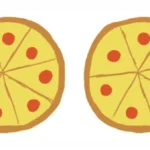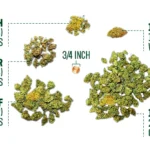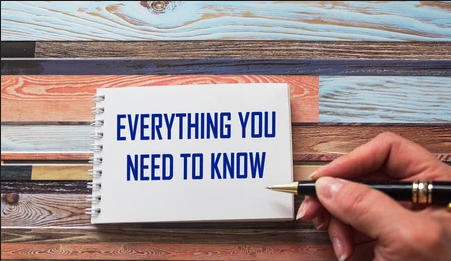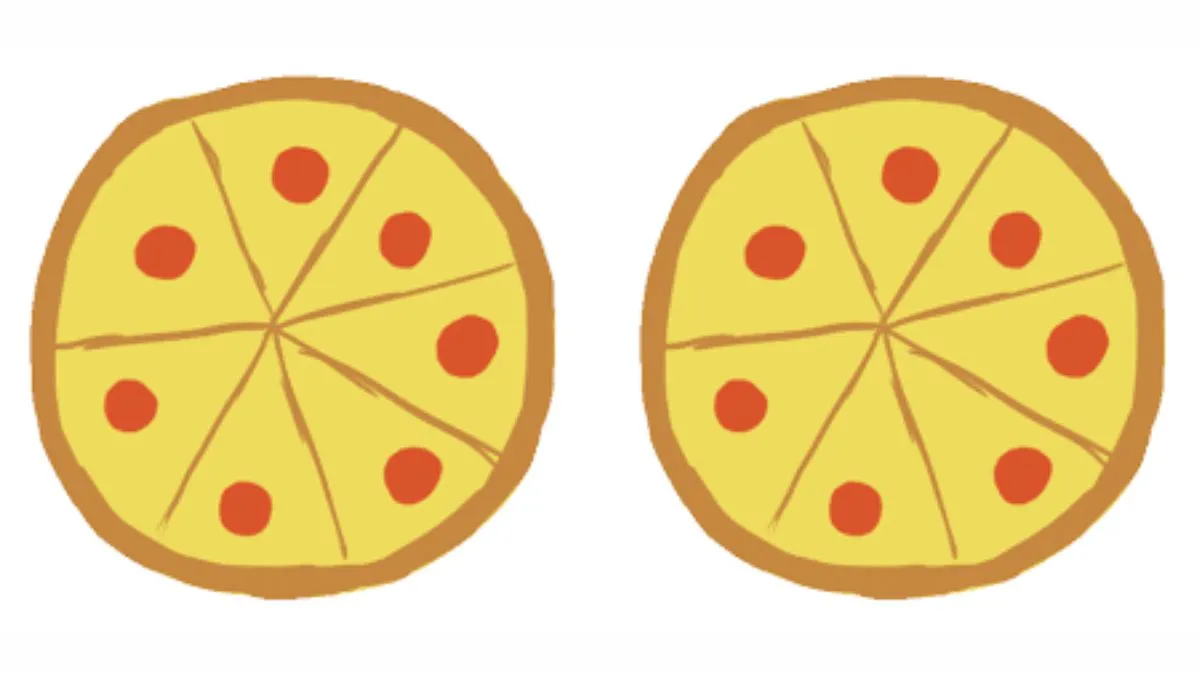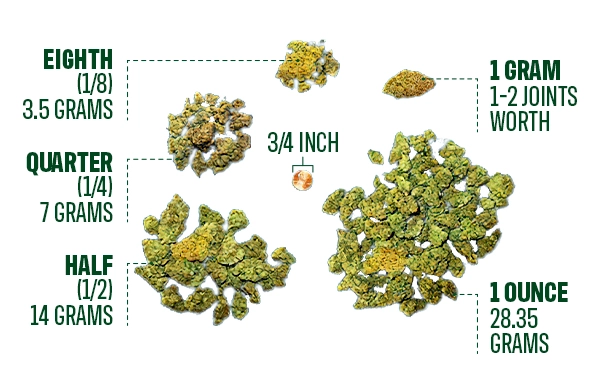“Not a blog” can sound like a strange concept if you’re used to traditional blogging. But if you’ve been thinking about new ways to share your thoughts or connect with your audience, “not a blog” might be a fresh and exciting alternative. Instead of sticking to the usual blog format, consider exploring new content formats that better suit your goals.
In this post, we’ll dive into what makes “not a blog” an intriguing choice for content creation. We’ll look at how this approach can be both engaging and effective, offering you different ways to present your ideas. Whether you’re looking to mix things up or start something entirely new, “not a blog” could be the perfect fit for you.
What Does “Not a Blog” Really Mean?
“Not a blog” is an interesting idea that moves away from traditional blogging. Instead of writing regular blog posts, this concept explores different ways to share information and ideas. It’s a chance to be creative and try new formats that might fit your needs better.
This approach might include various formats like videos, podcasts, or social media posts. These alternatives can be engaging and reach your audience in different ways. By thinking outside the box, “not a blog” helps you present your ideas uniquely and effectively.
Using “not a blog” means you’re not limited to just text. You can use visuals, audio, or other media to connect with your audience. This can make your content more dynamic and appealing.
Exploring Creative Content Formats Beyond Traditional Blogs
When you move beyond traditional blogging with “not a blog,” you open up a world of creative possibilities. Instead of sticking to written posts, you can explore formats like:
- Videos: Create engaging content that shows rather than tells.
- Podcasts: Share your ideas through audio that people can listen to on the go.
- Infographics: Use visuals to make complex information easy to understand.
- Social Media Posts: Reach your audience with short, impactful messages.
Each format offers unique ways to connect with your audience and present your ideas. “Not a blog” can be a fresh approach that makes your content stand out.
By diversifying your content, you can cater to different preferences and learning styles. This variety can help you reach a wider audience and keep your content interesting and engaging.
Why “Not a Blog” Could Be Your New Favorite Medium
Choosing “not a blog” as your content medium can offer several advantages. It allows you to break away from the standard blog format and experiment with new ways of communication. This could mean more creativity and less restriction.
One big benefit of “not a blog” is the ability to reach your audience in various ways. Whether it’s through videos, podcasts, or infographics, you can engage people who might not enjoy traditional blogs. This approach can also help you stay relevant in a fast-changing digital landscape.
Using different media formats can also make your content more accessible. People with different preferences or needs will appreciate the variety and find it easier to engage with your content.
How to Start a “Not a Blog” Project: A Simple Guide
Starting a “not a blog” project is easier than it sounds. Here’s a simple guide to get you started:
- Identify Your Goals: What do you want to achieve with your content?
- Choose Your Format: Decide if you’ll use videos, podcasts, infographics, or another format.
- Plan Your Content: Outline what you want to share and how you’ll present it.
- Create and Share: Produce your content and share it on appropriate platforms.
By following these steps, you can successfully launch a “not a blog” project and connect with your audience in new ways. This approach can offer fresh opportunities and help you stand out.
Examples of Successful “Not a Blog” Content
Several successful projects have used the “not a blog” approach effectively. Here are some examples to inspire you:
- Video Series: Many creators use YouTube to share content that goes beyond traditional blogging.
- Podcasts: Shows like “Serial” have captivated audiences with storytelling through audio.
- Infographics: Websites like Visual Capitalist use infographics to present data clearly and engagingly.
These examples show how diverse and impactful “not a blog” content can be. By exploring these formats, you can find new ways to engage with your audience.
The Benefits of Choosing “Not a Blog” Over Traditional Blogging
Opting for “not a blog” can bring numerous benefits. It allows you to explore different content formats and engage with your audience in fresh ways. Here are some key advantages:
- Increased Engagement: Creative formats often capture more attention than traditional text.
- Broader Reach: Different formats can attract a wider audience.
- Enhanced Creativity: You’re free to experiment with how you present your ideas.
These benefits make “not a blog” a valuable alternative to traditional blogging, helping you connect with your audience in innovative ways.
Common Misconceptions About “Not a Blog” and How to Overcome Them
There are a few common misconceptions about “not a blog” that might make you hesitate. Let’s clear them up:
- It’s Too Complicated: Starting a “not a blog” project can be straightforward with the right tools.
- It’s Less Effective: Different formats can be just as effective as traditional blogs, if not more.
- It’s Not Professional: Many successful brands use diverse content formats professionally and effectively.
Conclusion
Choosing “not a blog” is an exciting way to share your ideas. It lets you use different formats like videos, podcasts, and infographics instead of just writing. This can make your content more fun and interesting for your audience. Plus, it helps you stand out from traditional blogs.
By exploring “not a-blog” options, you open up new ways to connect with people. Whether you choose to create videos or share infographics, you can keep your content fresh and engaging. So, why not give it a try and see how it works for you?
FAQs
Q: What is “not a blo.g”?
A: “Not a-blo.g” means using different formats to share ideas instead of traditional blog posts. This can include videos, podcasts, or infographics.
Q: How can I start a “not a blo.g” project?
A: Start by deciding what you want to share, choose a format like video or podcast, plan your content, and then create and share it.
Q: Why should I choose “not a blo.g” over a traditional blog?
A: “Not a-blo.g” offers more creative ways to connect with your audience and can be more engaging than traditional text-based blogs.
Q: What are some examples of “not a blo.g” content?
A: Examples include YouTube videos, podcast series, and infographics shared on websites.
Q: Is “not a blo.g” content less effective than traditional blogging?
A: No, not a blo.g content can be just as effective or even more engaging, depending on how well you use the different formats.



